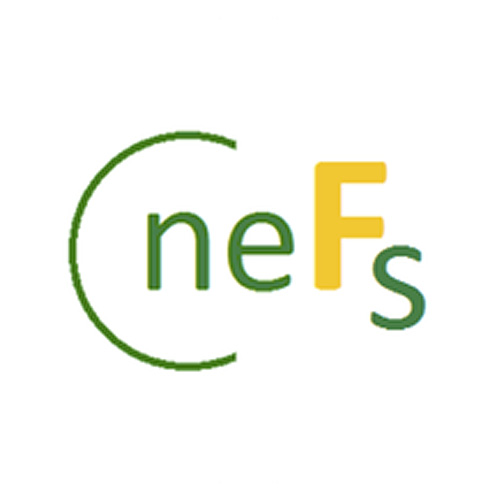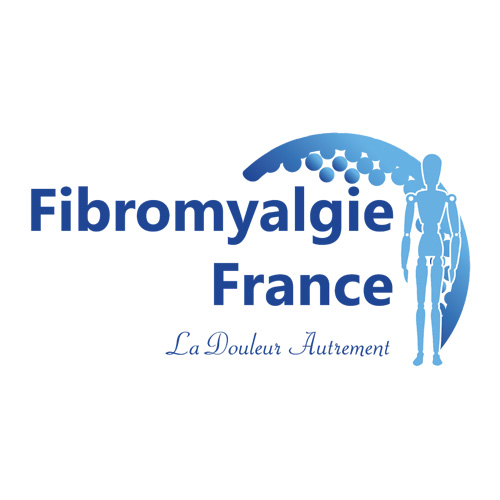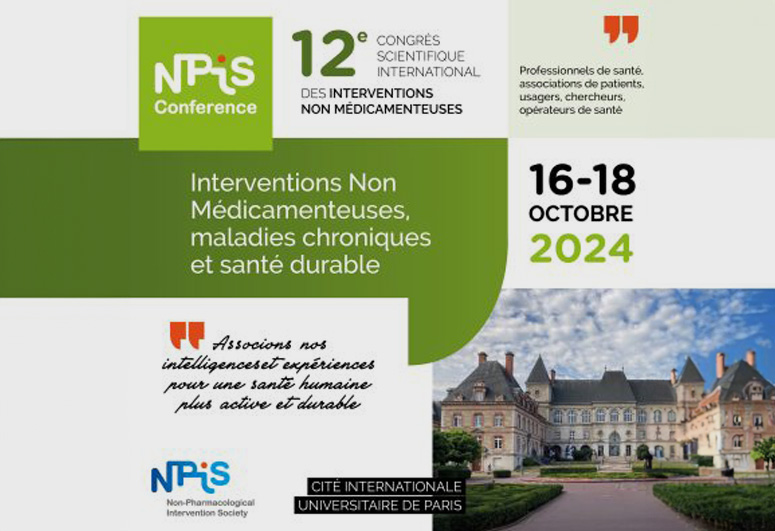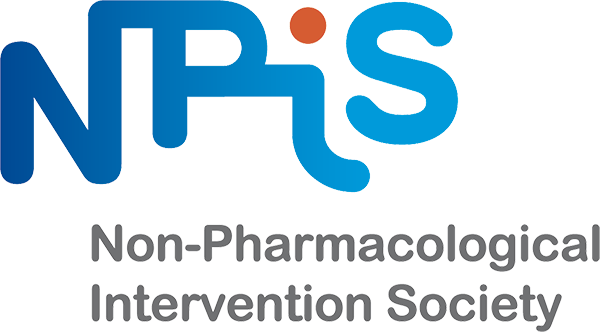What's an NPI ?
The NPIS Registry: why ?
Who is this platform for?
-
I am a citizen, a patient, a caregiver or a professional on a first visit

-
I will be able to easily find information on interventions that are actually INMs. I will also be able to provide feedback on usage. If I want to go further, I will be directed to the conditions for accessing all the data and features of the INM Repository.
-
I am a healthcare professional wishing to access all INM files

-
I will be able to find complete information on INM protocols to deepen my knowledge and practices. I will be able to provide feedback on use.
-
I am a representative of an authority, institution or organization related to health

-
If my practice organization is a partner of the NPIS, I will be able to access all the data and functionalities of the INM Repository.
-
I would like to submit a proposal for a new INM in the Repository

-
If my project meets the definition of an INM and if it is sufficiently supported by scientifically conducted studies, I will be directed to a form which will allow me to write the INM file relating to my project.
-
I am an expert selected under the INM file validation procedure

-
If I have received an email from NPIS accrediting me as an Expert in a defined field, I will be able to register to participate in the expert procedure for which I have been requested.
Become a Submitter
Learn more about NPIS and NPI :
NPIS Questions and Answers
-

-
-
Is the NPIS Registry a tool for combating misinformation in the field of health?

-
Indeed, the NPI Registry contributes to the development of precision medicine. For example, how can we advance this field in the non-pharmacological treatment of pain without confusing patients when a prestigious medical school like Stanford publishes such a vague, incomplete, and unranked list on its website?
- Physical activity
- Acupressure
- Acupuncture
- Application of heat or cold
- Aquatherapy
- Art therapy
- Biofeedback
- Family coaching
- Individual coaching
- Psychological conditioning
- Desensitization
- Therapeutic education
- Occupational therapy
- Horticultural therapy
- Hypnosis
- Physiotherapy
- Massage lotions
- Meditation
- Music therapy
- Posturology
- Companion presence
- Psychosocial support
- Transcutaneous electrical nerve stimulation (TENS)
- Comfort therapy
- Theatre therapy
- Psychosocial therapy
- Tonification and strengthening
- Yoga
How many hopes dashed? How much time wasted? How many futile efforts? How much money squandered? How many unnecessary carbon emissions from transport? This subtly highlights pharmacological treatments and pain surgeries, which have precise contents and proven effects. The NPIS and its partners propose a solution to break this deadlock in favor of those affected by health issues. The goal is to provide reliable information on the most relevant NPI. It is also about no longer opposing pharmacological and non-pharmacological therapies, but rather associating them wisely and at the right time.
-
What are the specifications of a NPI?

-
Each NPI file in the NPI Registry has been submitted by a practitioner or researcher through the dedicated platform hosted by the NPIS. Each file undergoes review by an independent and integrated scientific committee. This committee invites relevant scientific societies and health authorities to validate the NPI files and/or to oversee the decisions made. Each validated file is then reviewed by a committee of users and professionals. Once labeled NPIS©, the file is translated into at least English and French and integrated into the NPI Registry.
The file contains standardized content supported by scientific studies that align with the NPIS definition of NPI, the expected specifications (Table 2), and the consensual evaluation framework for NPI, known as the NPIS Model. It includes a manual for professionals, an information notice for users, a section on funding options, and an area for anonymous user feedback. This ensures the file remains dynamic and part of a virtuous cycle of continuous improvement for the NPI.
A minimum of one prototypical study, one mechanistic study, two interventional studies, and one implementation study published in a peer-reviewed journal is required for an NPI proposal to be accepted by the expert committee tasked with validating the NPI file and awarding the NPIS© label. Specifically, experts must have evidence to anonymously vote on each criterion of the NPI file proposed to the NPIS by a submitter:- Described (≥ 1 prototypical study)
- Explainable (≥ 1 mechanistic study)
- Effective (≥ 2 interventional studies)
- Safe (≥ 2 interventional studies)
- Implementable (≥ 1 implementation study in the country)
A professional must understand all the specifics of the NPI, the criteria justifying its use, how to implement its protocol, whom to contact, useful tips, required materials, and any prerequisite training needed. -
What is an evidence-based data point for an NPI?

-
An evidence-based data point is a theoretical or practical knowledge acquired through rigorous and integrated scientific methods and reasoning. The NPIS Model follows this logic in the health field (see Figure 3). It provides specific methodological and ethical recommendations for NPI for studies focusing on their mechanisms and explanatory processes (mechanistic study), their content (prototypical study), their evolution over time (observational study), their benefits and risks (interventional study), and their application and personalization modalities (implementation study).
-
Why is there such a direct link between mechanistic, clinical, and implementation studies in the NPIS Model?

-
The connection between mechanistic, interventional, and implementation studies forms the backbone of the epistemological positioning of the NPIS Model regarding the evaluation of NPI. This does not mean that an interventional study, for example, cannot explore biological mechanisms or psychosocial processes. Instead, this backbone provides coherence to the studies and structures the validation process of NPI for integration into a standardized practice framework.
-
Why a transdisciplinary evaluation model for NPI?

-
As of April 2019, there were 46 evaluation models for NPI in the scientific literature (Carbonnel and Ninot, 2019). These models were constructed by researchers for researchers, often from a monodisciplinary perspective and rarely from a patient-centered approach. This led to significant heterogeneity in study protocols and the way NPI were conceived (approach, method, technique, or materials). The results were scattered, debatable, poorly transferable, and rarely reproducible. Consequently, these practices were not widely recognized outside the study context (dependent on the establishment and/or practitioner). This situation raised doubts about their effectiveness (e.g., efficacy, safety, relevance, utility, cost-effectiveness), their content (e.g., heterogeneity in doses, procedures, ingredients, techniques, contexts, target populations), their approval (e.g., ethics committees), their dissemination (e.g., conflicting reviewer opinions), their teaching (e.g., protocols, best practices), and their recognition (e.g., authorization, integration into official classifications, reimbursement). This lack of a consensual evaluation model for NPI suggested that each professional had to reinvent their program for every new patient, given the wide or contradictory recommendations from authorities, agencies, and scientific societies. It also implied that only the patient-provider relationship mattered in the health effects induced (Ninot, 2020). Moreover, it left the door open for pseudoscientific practices and, more broadly, parallel medicine, along with all the obscurantist, health-related, sectarian, political, and judicial issues that are known in France (Miviludes, 2022; CNOI, 2023; CNOM, 2023) and around the world (Ernst and Smith, 2018). This idea was also gaining traction in the United States in the field of oncology, aiming to juxtapose two medical offerings: one based on experimental science, primarily focused on surgery, medication, radiotherapy, and medical devices, and the other described as "complementary, integrative, or traditional," based on individual experience, opinions, and traditions (Mao et al., 2022). This second offering claimed exclusivity in the domains of prevention and care, emphasizing care for the person versus cure for the disease. Thus, the NPIS Model was co-constructed with the idea that experimental science could demonstrate the existence of effective, safe, and reproducible prevention and care protocols. This work was supported by seed funding for participatory research from INSERM and involved over 1,000 participants under the guidance of a committee of 22 multidisciplinary experts, including two user representatives. This transdisciplinary innovation is currently supported by 30 French scientific societies, the National Center for Palliative Care and End of Life, INCa, and the French Platform for Clinical Research Networks.
Our supporters





Our partners


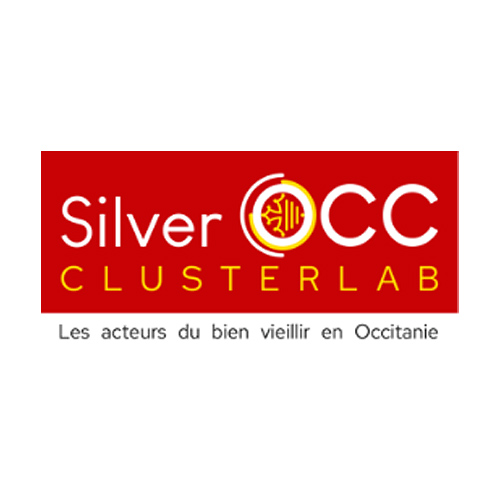


Our allies

